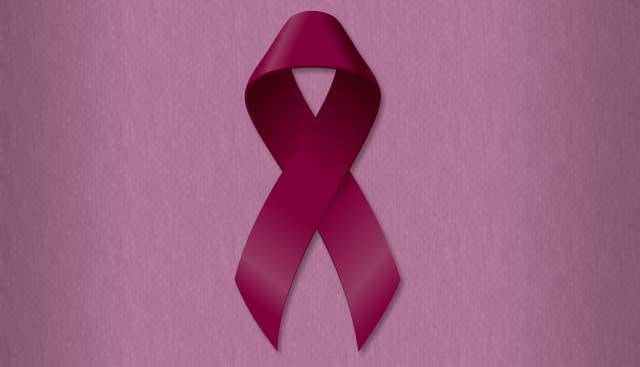
March Is Multiple Myeloma Awareness and Action Month
Exactly what is multiple myeloma? Even though it is the second most common form of blood cancer, many people have never heard of it. During the month of March — which has been designated Multiple Myeloma Awareness and Action Month — Moffitt Cancer Center joins forces with the International Myeloma Foundation to increase awareness among the general public about this type of cancer, which specifically affects the plasma cells in the bone marrow. Driving our commitment is our shared belief that when it comes to preventing cancer, knowledge is power.
At Moffitt, we are committed to empowering our patients with education. A general awareness of multiple myeloma can prompt an individual to ask a physician about possible symptoms, which can lead to an earlier diagnosis, prompt treatment and, ultimately, a better outcome.
The challenge to early diagnosis, however, is that multiple myeloma typically does not produce symptoms in its earliest stages. More often, the condition is discovered by accident during a routine blood or urine test, such as those performed during an annual physical examination.
To help people learn how to recognize some of the common clinical manifestations of multiple myeloma, the International Myeloma Foundation suggests remembering the CRAB acronym:
- C for high blood calcium — Hypercalcemia may cause extreme thirst, loss of appetite, excessive urination, restlessness, confusion or nausea.
- R for renal function — A certain multiple myeloma protein can impair the ability of the kidneys to effectively dispose of excess fluid, salt and waste, which can produce symptoms like leg swelling, weakness and shortness of breath.
- A for anemia — Cancerous plasma cells can suppress the production of healthy red blood cells, leading to anemia and symptoms like weakness, dizziness and shortness of breath.
- B for bone pain — Multiple myeloma increases bone breakdown and decreases the formation of new bone, which can result in the development of osteoporosis and spinal fractures.
The precise causes of multiple myeloma are not yet well understood. However, research is ongoing, and many scientists and clinicians believe that the condition may result from the combined effects of several genetic and environmental elements.
The Malignant Hematology Program at Moffitt Cancer Center is dedicated to the research and treatment of all forms of hematologic cancer, including multiple myeloma. Our multispecialty team is available to provide advice and guidance to those who may be at risk, share prevention strategies and educate patients about symptoms. Moffitt also offers highly advanced multiple myeloma treatment options and clinical trials in a single, convenient location.
To learn more about multiple myeloma or request an appointment at Moffitt Cancer Center, call 1-888-663-3488 or complete our new patient registration form online. No referrals are necessary.
